By Louise Irvine
Minton’s pottery painting of a little girl being comforted by her dog is one of the most admired artworks in the museum’s collection. It was inspired by Briton Rivière’s oil painting entitled Sympathy, which was exhibited at the Royal Academy in 1878. The Minton exhibit at WMODA has now been enhanced with Morris & Company draperies introduced in 1883 and still produced by the Sanderson Design Group today.
Sympathy
Briton Rivière achieved immense popularity for his animal paintings during the Victorian era, and Sympathy was his most praised picture. The model was his daughter, Millicent, banished to the “naughty step” for some mischief with her sympathetic pet. John Ruskin, the famous art critic, wrote, “It is long since I have been so pleased in the Royal Academy as I was by Mr. Briton Riviere’s Sympathy. The dog is uncaricatured doggedness, divine as Anubis, or the Dog-star; the child entirely childish and lovely, the carpet might have been laid in by Veronese. A most precious picture...”
There was a huge demand for reproductions of Sympathy, and Rivière painted several versions of his acclaimed picture. It was also engraved in 1881 by Frederick Stacpoole for Thomas Agnew & Sons, fine art dealers in Mayfair, and the print was widely distributed. The Minton Pottery’s ceramic version was sold originally by Thomas Goode & Co., purveyors of luxury goods in Mayfair. It is still in its original Aesthetic-style ebonized and gilded frame.
Minton Art Pottery
Framed pottery tiles and chargers were very popular for wall hangings in Victorian parlors as they were practical and ornamental. Unlike oil paintings and watercolors, the underglaze ceramic colors never faded and could easily be wiped clean of the soot and grime from coal fires and oil lamps. Minton’s Sympathy is as beautiful today as it was when it was painted more than a century ago.
The Minton company opened an art pottery studio in Kensington, London, in 1870, where young artists were employed to hand-paint tiles and plaques after designs by leading artists of the day. When the studio was destroyed by fire in 1875, hand-painting on pottery continued at Minton’s factory in Stoke.
Morris & Company
William Morris, the celebrated British Arts & Crafts designer, revolutionized interiors during the Victorian era. He began designing textiles for his first home in the 1860s, helped by his family and friends. His company of “fine art workmen” was established with a mission to revive pre-industrial arts and crafts. Morris advocated fabric wall hangings as an important form of interior decoration. In 1881, he set up his own textile-printing workshop at Merton Abbey, where he produced several popular designs using natural dyes and traditional production methods.
Strawberry Thief is one of his most successful patterns, and it continues to be made in several colors today for curtains and wallpaper. The imagery has also inspired many other types of home décor, including vases by the modern Moorcroft Studio. The classic design depicts the thrushes that Morris found stealing fruit from the kitchen garden of his countryside home, Kelmscott Manor in Oxfordshire.
Morris also revived the practice of hand-knotting Persian carpets with a loom in his Hammersmith home. After moving to his Merton Abbey workshops, Morris produced several large rug commissions for eminent businessmen, including the wool trader John Sanderson. His exuberant Bullerswood carpet, now at the Victoria & Albert Museum in London, inspired a linen-blend upholstery fabric still being produced today. It was used in the Victorian Gallery at WMODA to make door curtains known as portières, common in wealthy households during the Victorian era.
Thank you to Fran Nessen of the Nessen Group for arranging the donation of Morris & Company fabrics from the Nessen Design Group,
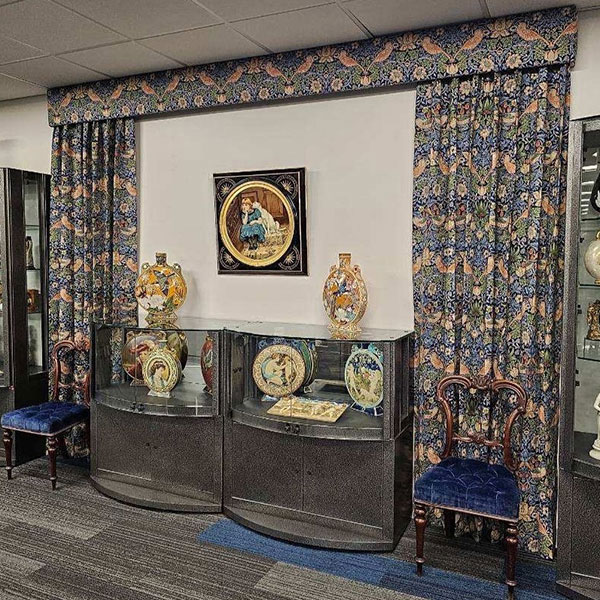
Minton and Morris WMODA
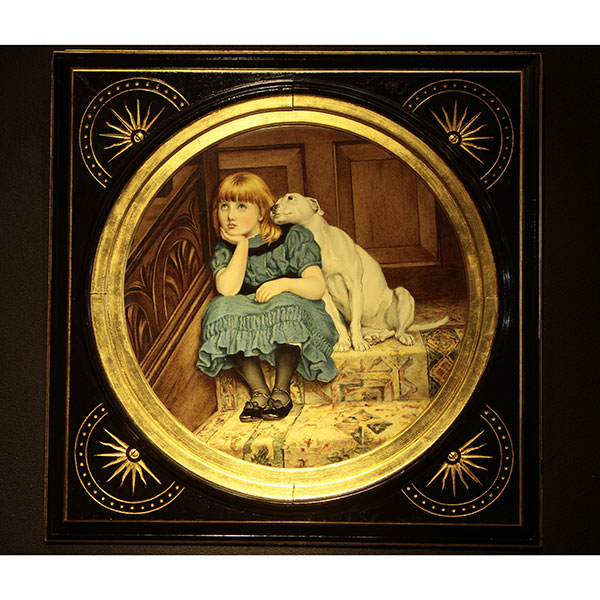
Minton Sympathy WMODA
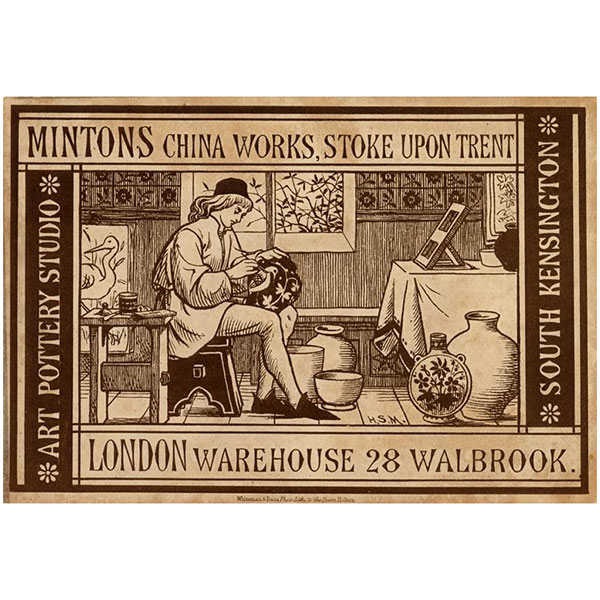
Minton Art Pottery Advertisement
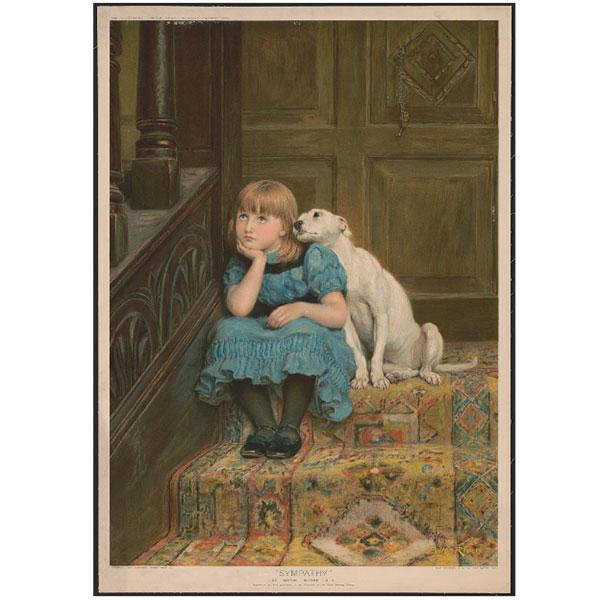
Sympathy Engraving Royal Holloway College
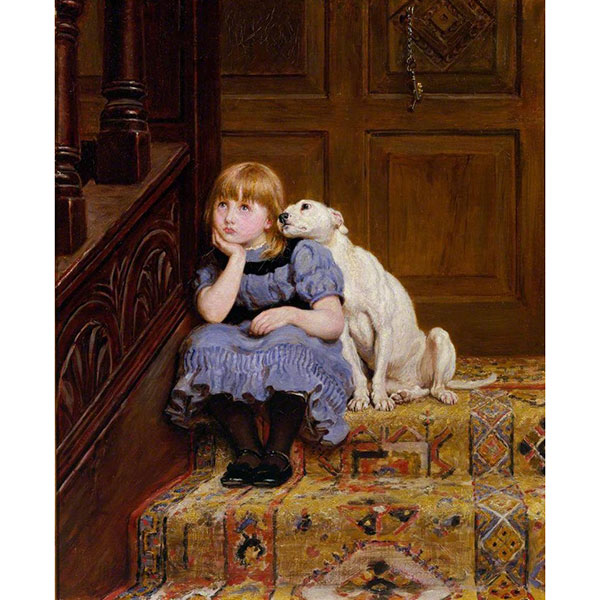
Sympathy Briton Riviere National Gallery
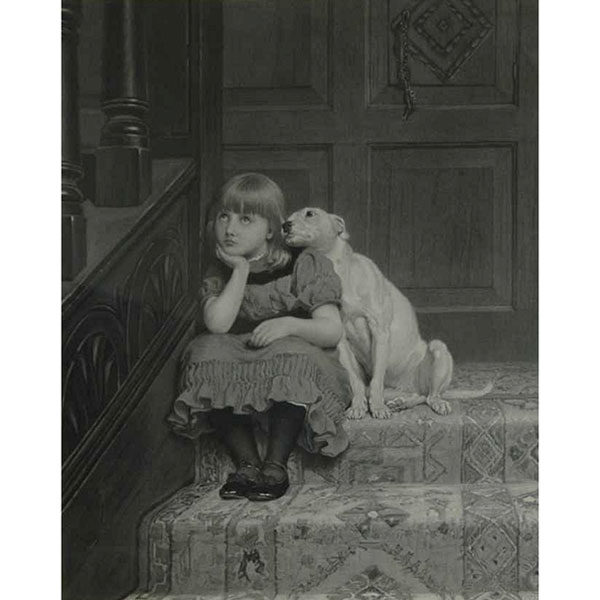
Sympathy Engraving F. Stacpoole for T. Agnew 1881
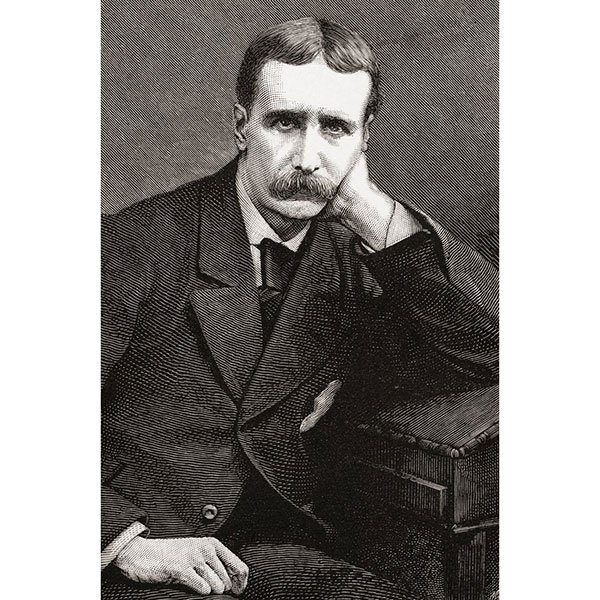
Briton Riviere Magazine of Art 1878
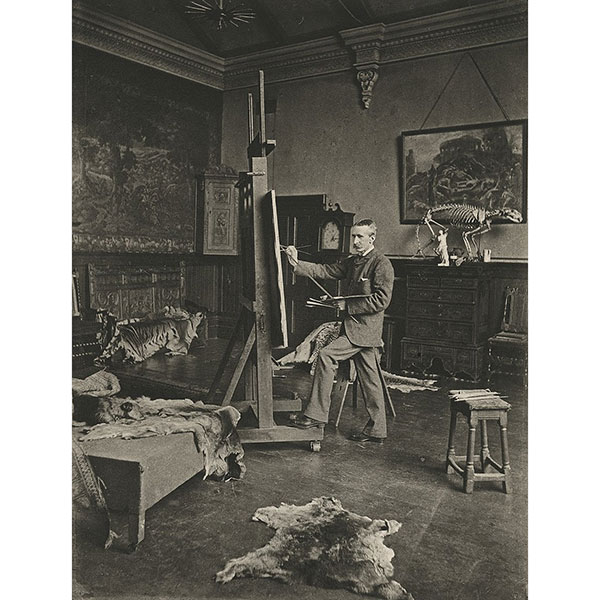
Briton Rivière in his Studio J.P. Mayall
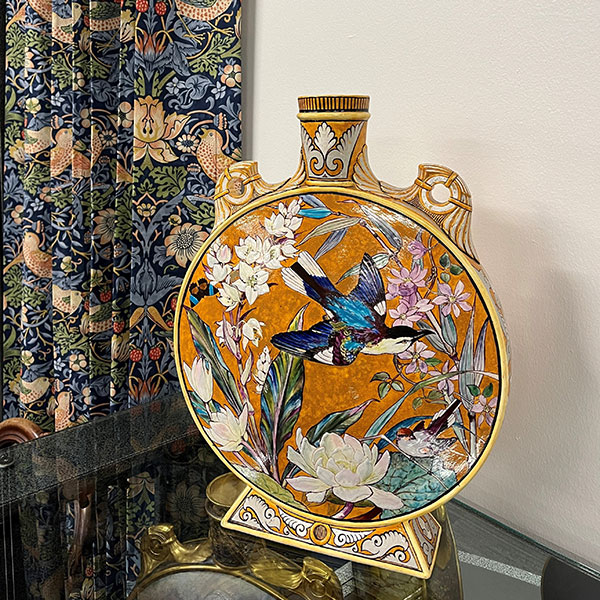
Strawberry Thief & Minton Flask
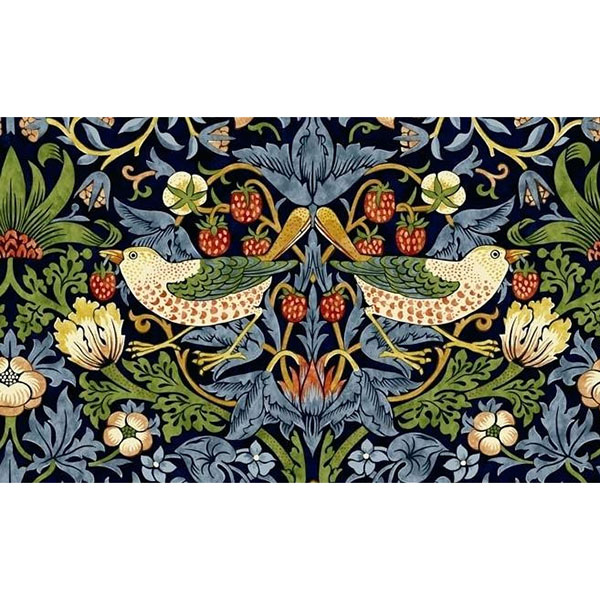
Morris & Company Strawberry Thief
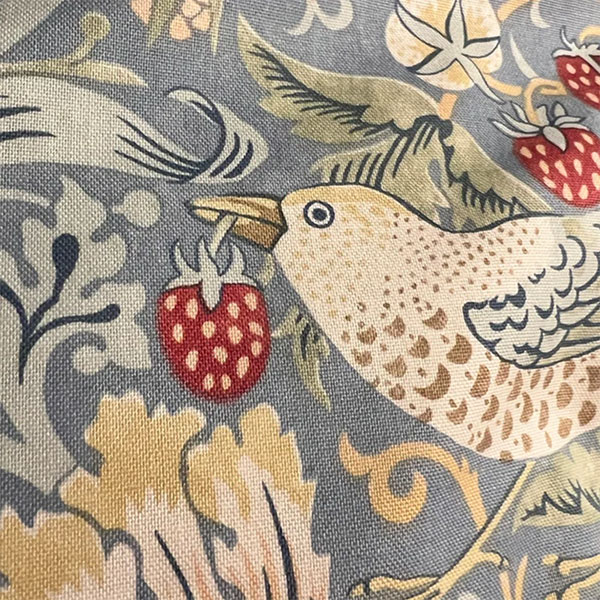
Strawberry Thief Detail
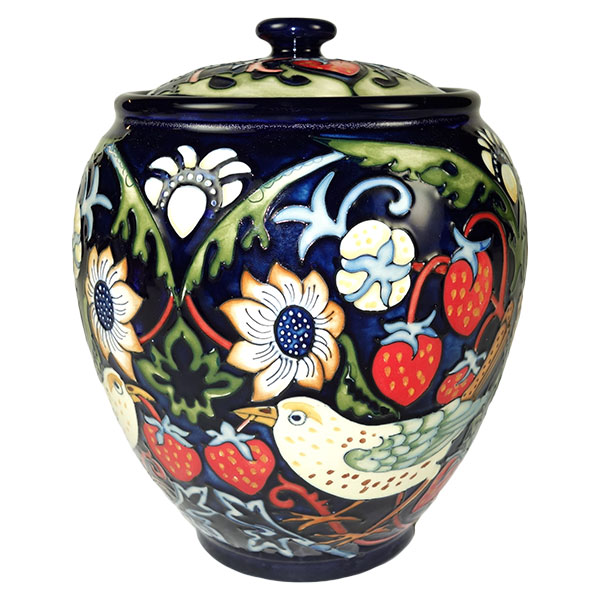
Morris & Company Strawberry Thief
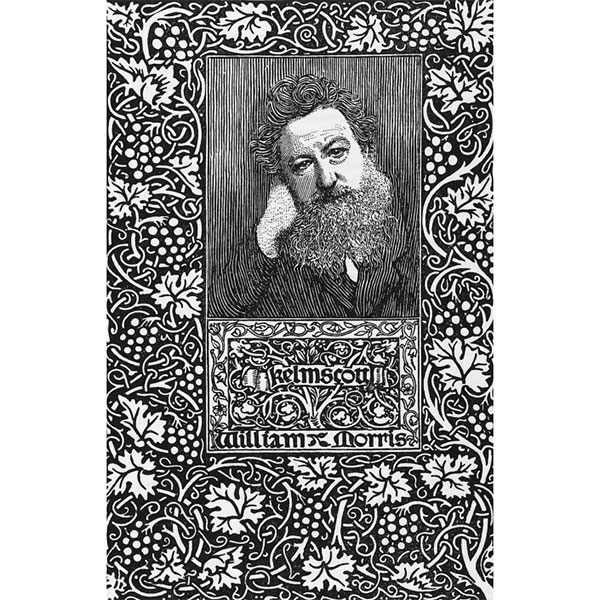
William Morris
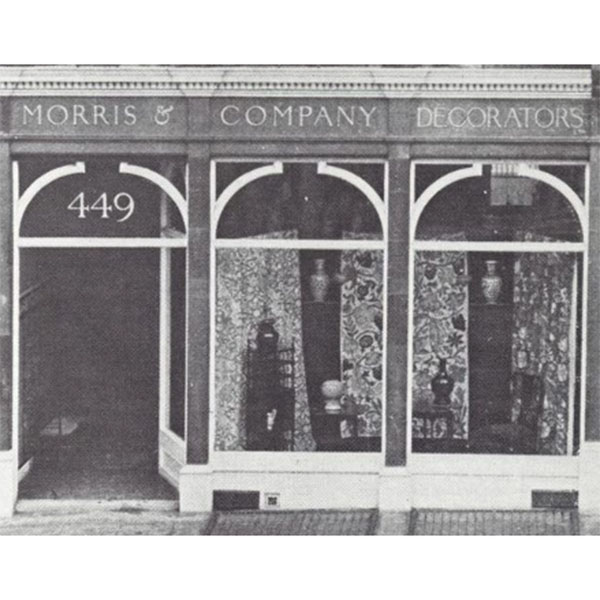
Morris & Company London Showroom London
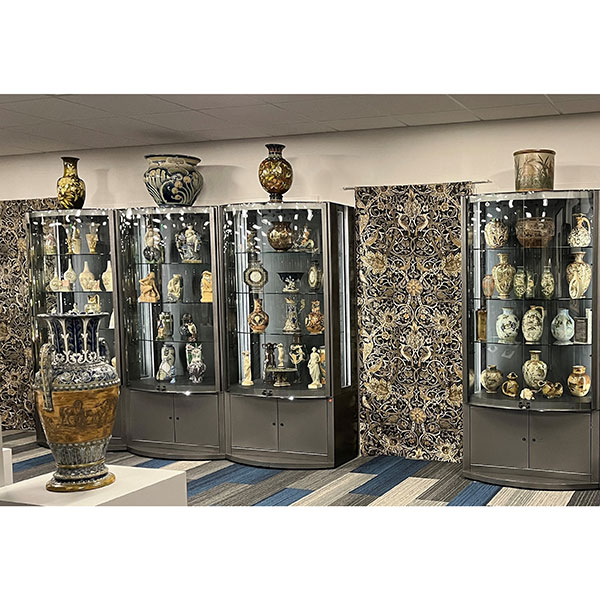
Morris & Company Bullerswood in Victorian Gallery
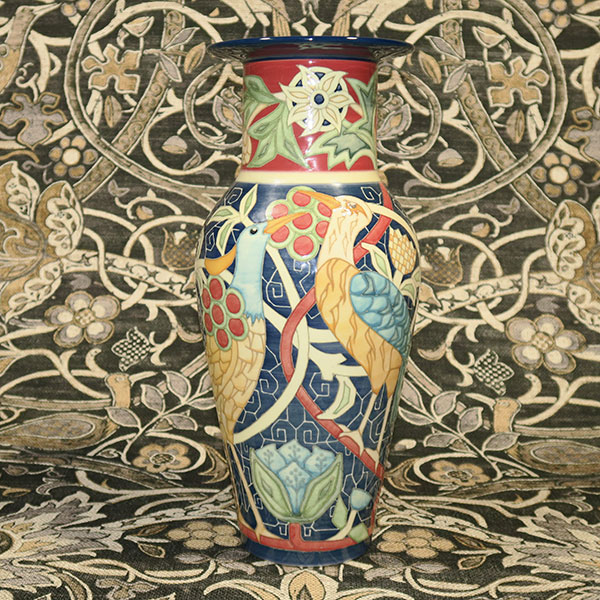
Dennis Chinaworks Vase with Bullerswood Fabric
